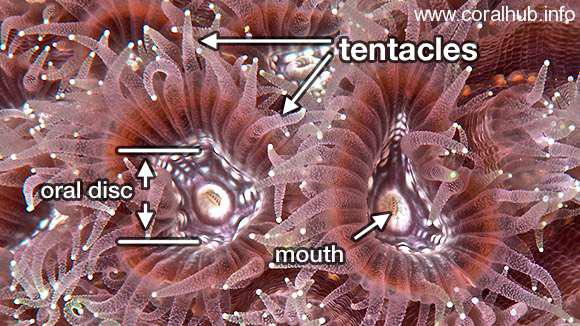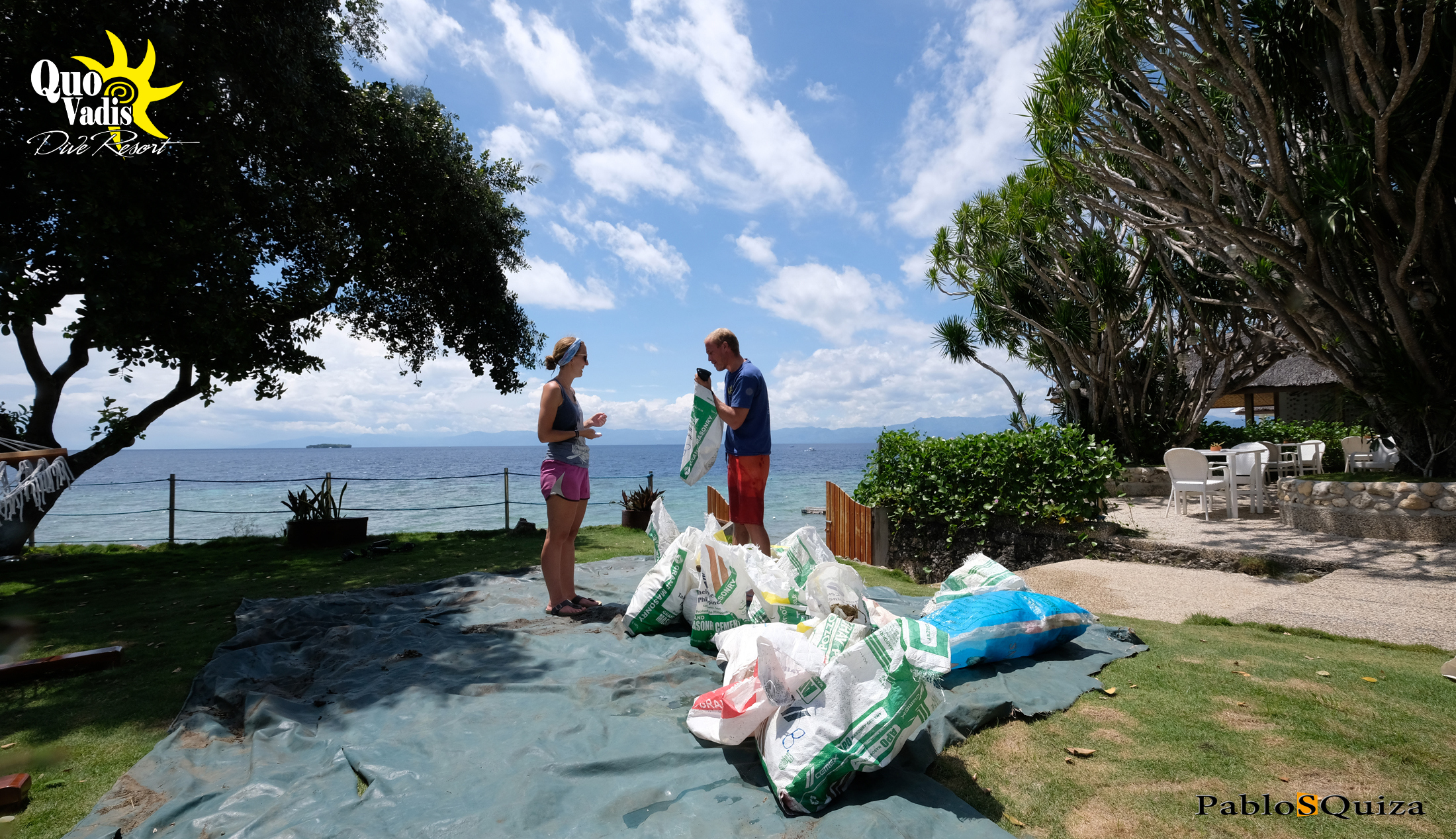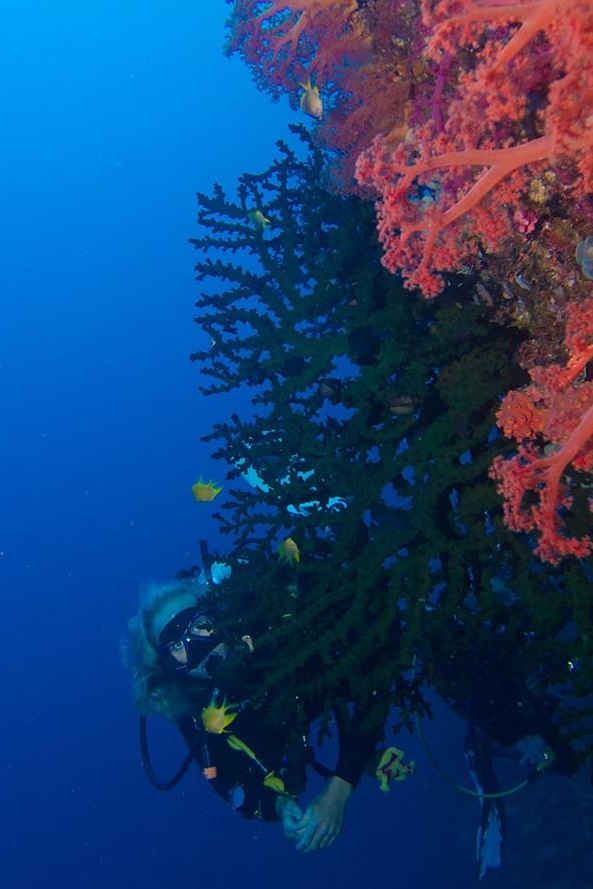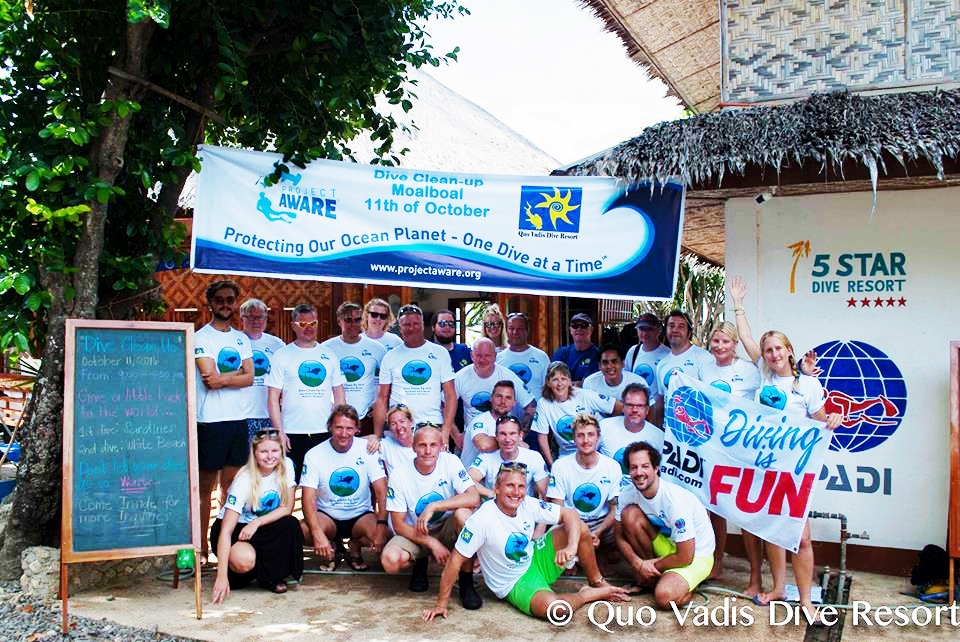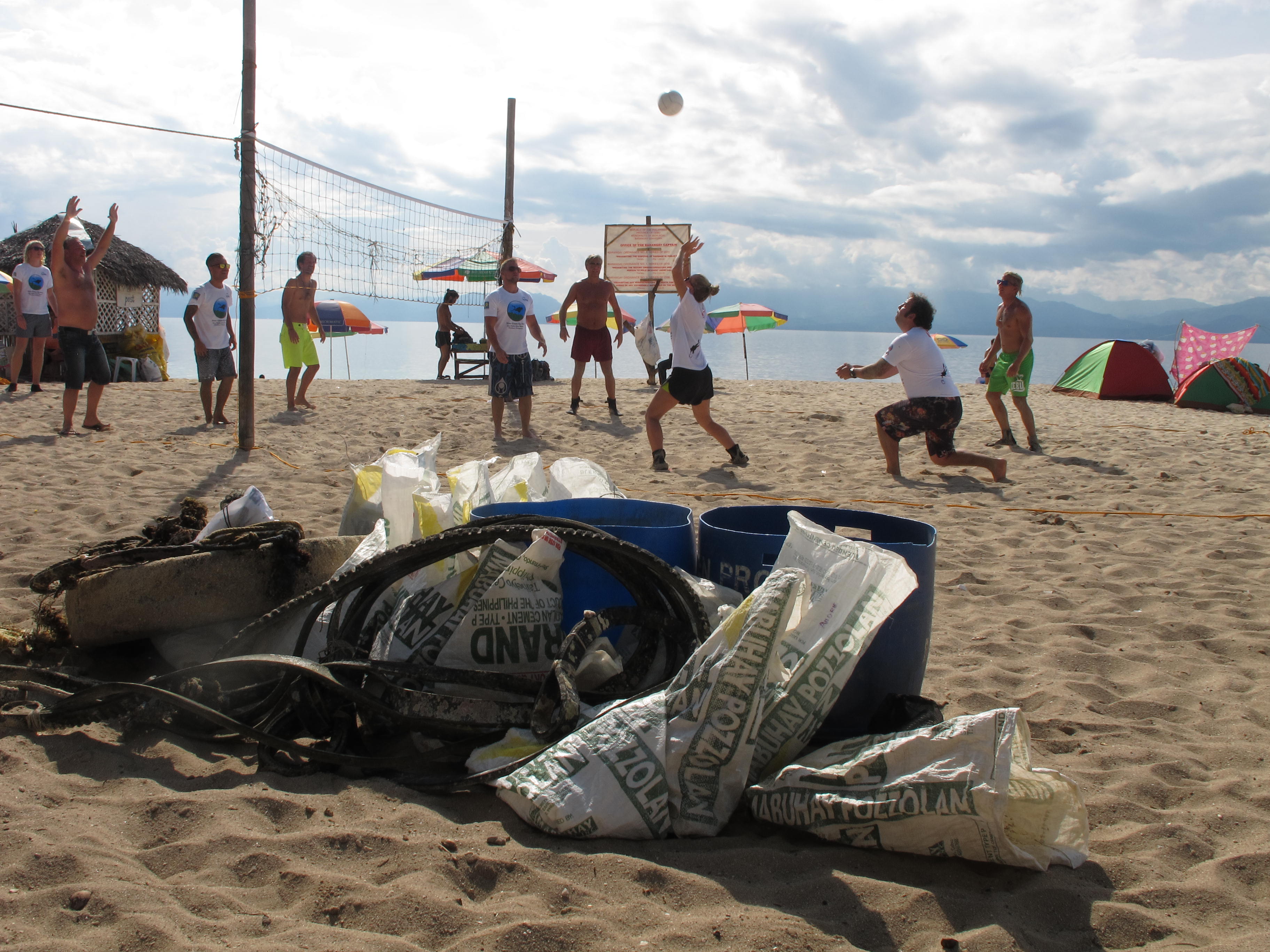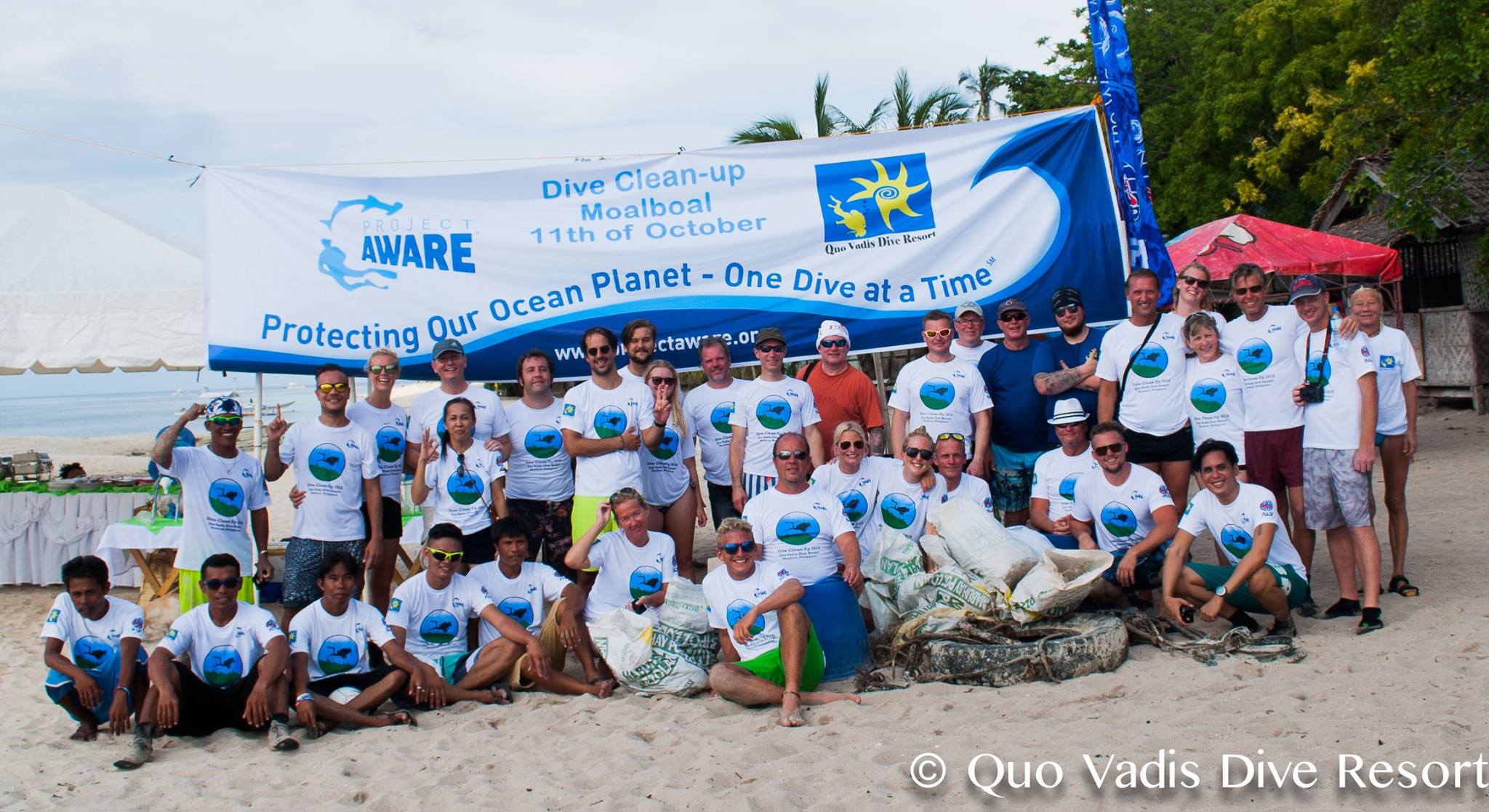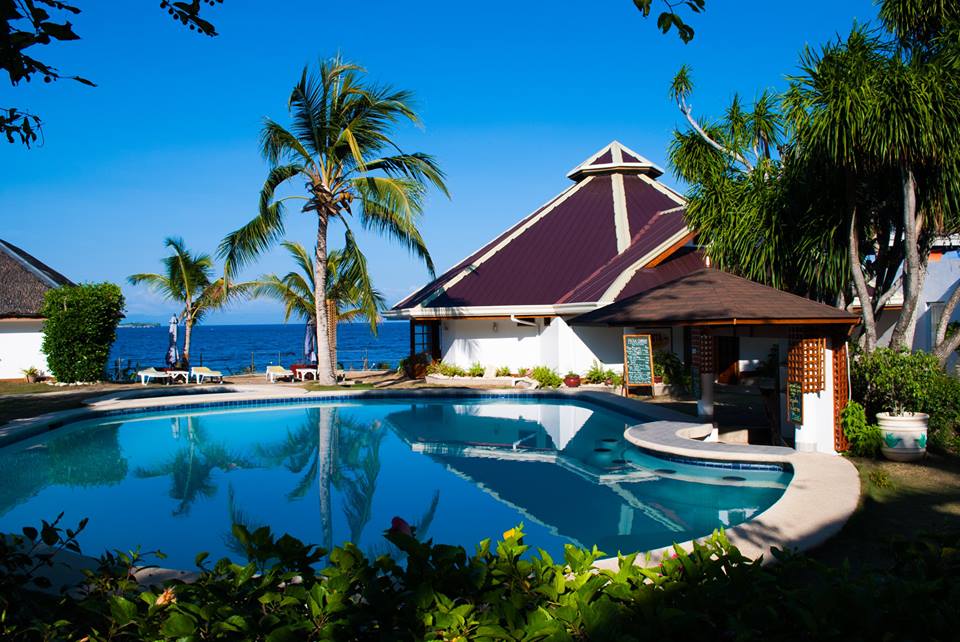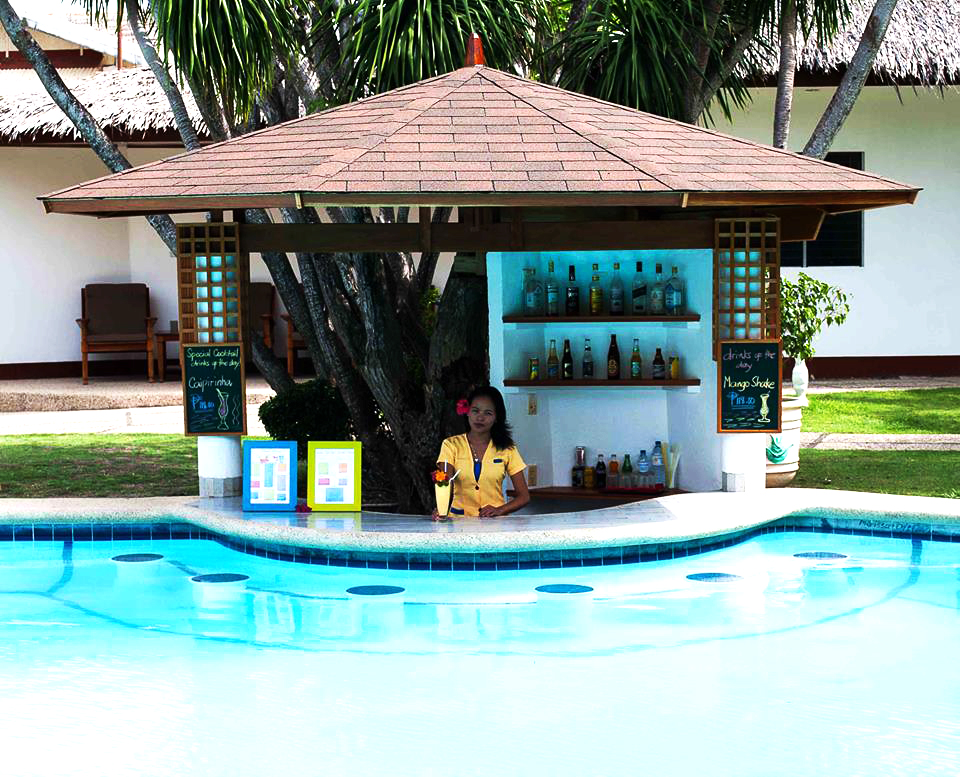Who is Anna Oposa? As stated in her website’s biography:
“Anna R. Oposa is a multi-hyphenate changemaker, being a writer, speaker, and project manager, though she is best known as the co-founder and “Chief Mermaid” of “Save Philippine Seas (SPS)”. SPS is a movement to protect the country’s coastal and marine resources through information, communication, and education campaigns and community-based projects.”

We were fortunate enough to meet Anna Oposa when she came to dive with us at Quo Vadis Dive Resort, here in Moalboal. She is a momentous inspiration to us all with her resolute devotion to ocean conservation. Through creating a website/petition (savephilippineseas.org) in an attempt to raise awareness of the atrocities occurring to the environment due to ignorance and negligence, it was not long before it turned into a movement as a result of being fueled by members sharing equal passion. With such drive it is unsurprising what she has achieved, playing a key part in getting the thresher shark listed as a protected species in the CITES convention which took place in October 2016. In addition, through educating children and adults alike in the long term effects their direct actions cause and suggesting alternatives so that a harmonious relationship with nature may one day become a reality.
As divers we too share in Anna’s love of the ocean and is something we aim to convey to whomever may walk into our centre. Through a collective understanding and respect towards nature in general it’s almost unfathomable what together we can accomplish in terms of preservation and even growth!

Anna and Quo Vadis Vice president Pernilla Sjöö on one of our boat trip to Pescador Island.
Here is what Anna Oposa had to say in response to the questions we asked:
May you explain a little what your company is about?
“Save Philippine Seas (SPS) started in 2011 in response to an illegal wildlife trade case called the ‘Rape of the Philippine Seas,’ in which tons of protected species such as turtles and corals were seized. A handful of people who did not know each other, but met online because of this issue, decided to start a social media campaign called SPS. I was the youngest one in the group, just fresh out of college – only graduating a month before. When the issue died down, I continued with the advocacy, but first as a passion project. In 2013, we decided to register it as an NGO out of necessity—we were getting more and more donations and sponsorships and needed to be a legal entity.
This year, we celebrated our 5th anniversary. Half a decade! I still can’t believe it sometimes. We have two major projects, Shark Shelter, which is based in Daanbantayan, Cebu, to conserve and protect the country’s first shark and ray sanctuary; and the Sea and Earth Advocates Camp, which is an environmental education and leadership program for Filipino youth in partnership with the U.S. government and the U.S. Embassy in the Philippines.”
What motivates you?
There are many motivations, and it depends on the situation that I’m in. Sometimes, I am motivated because I am angry that the people who are supposed to be doing their job to protect our seas are not doing it. Other times, I’m motivated because I’m inspired by the people I work with, or the progress that we’re making.
My constant motivation is this: marine conservation makes sense for an archipelago with the richest marine life in the world, where millions of people depend on the sea for their livelihood and food. We take care of our sea, it takes care of us.
What is your favourite sea creature and why this specific one?
Oooh… For sentimental reasons, of course the thresher shark is the love of my life because I have spent so much blood, sweat, and tears trying to conserve them and elevate their status in the Philippines. They are beautiful, graceful creatures.
I also really, really love seeing soft corals. It feels like I’m in an underwater meadow.

Anna and her friend the Thresher shark
What can we do to help save the Philippine seas?
Step one is understanding how our daily choices are connected to the Philippine seas. That shampoo sachet and straw you’re using could end up in the sea. The sunblock you’re using could contribute to coral bleaching. By being able to connect that, you’re able to change your daily lifestyle choices, specifically reducing use of plastic or buying more eco-friendly personal care products.
Who or what is your source of inspiration?
I never run out of inspiration. There are so many people I look up to in this field, and I’m lucky that I not only get to work with them but call them some of my closest friends. When the going gets tough, it is so important to have your core group of friends to give you advice and encourage you to keep going. I am also constantly inspired by the communities and youth we’ve trained the last five years, and how they’ve grown and taken on so much.
Where do you see yourself and your company in 5 years?
This is an extremely difficult question that I don’t know the answer to. Haha! You see, five years ago, I would have never imagined myself running an NGO called Save Philippine Seas, raising funds to implement projects, and speaking front of hundreds of people and government officials to advocate for the protection of our seas. And yet here I am.
I don’t know where SPS will be in five years. I don’t even know if I’ll still be part of SPS in five years. I hope someone from the SEA Camp network becomes the next Executive Director of Save Philippine Seas. It would be such a big success indicator if someone we trained took over. I also dream about a sustainable funding source for SPS and to continue our two projects, just in a bigger scale and scope.
What is/are your goal(s)?
I have many, and my dreams for myself are all tied to my dreams for the Philippines. I want every single Filipino to love and care for the Philippine seas. I want the shark sanctuary we established in Daanbantayan to be a model for community-based eco-tourism. I want marine conservation to be part of the national curriculum. These are big dreams, I know, and they’re probably not going to be accomplished in my lifetime. But I’m sure going to die trying.
What is the proudest moment you feel you’ve achieved with your organization?
I am most proud that SPS serves as an enabling environment for empowerment to many people, especially young people. When I see the people we’ve worked with gain more interest and passion for this advocacy, and start initiatives of their own, I feel like such a stage mom! My job as the Chief Mermaid is to make sure the people we work with become better than me, and I’m sure they will be in no time J

Chief Mermaid and Little Mermaid soon to dive into the waters surrounding Pescador Island



